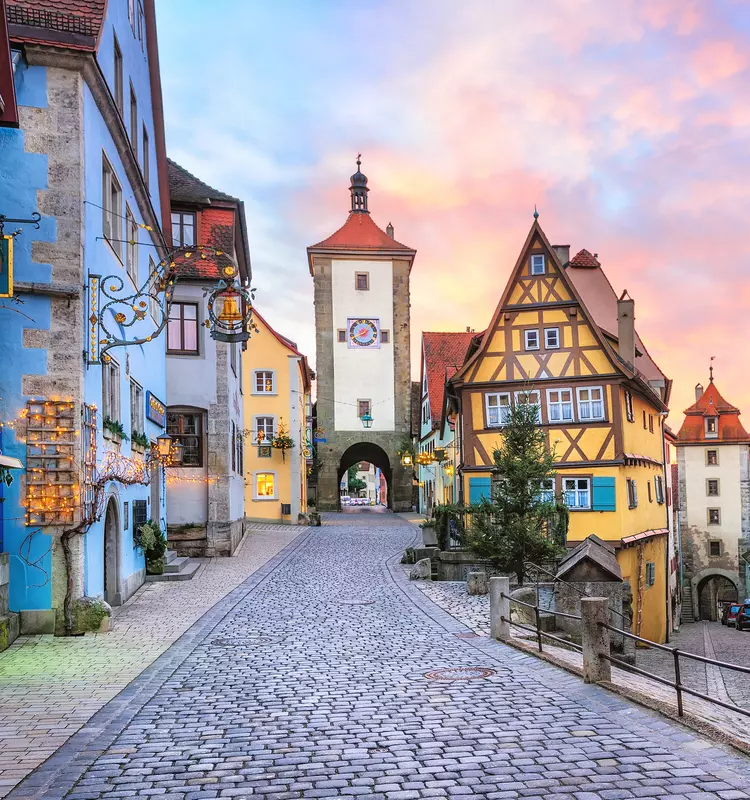Embark on a trip to Norway and experience its stunning fjords, cities, and vibrant culture.
The Royal Kingdom of Norway is one of the most beautiful countries in the world, and well known for its awe-inspiring fjords and natural aesthetics. The country is long and runs 1750 kilometres from north to south but its rugged coastline is long and jagged enough to circle the earth twice. And its west coast sits on the cold waters of the North Sea, the Atlantic Ocean, the Norwegian Sea, the Barents Sea, and the Arctic Ocean.
Reindeer, elk, polar bears, puffins, white-tailed sea hawk, arctic fox, musk ox, belugas, sperm whales and killer whales all range here and in the summertime you might see harbour and ringed seals. Norway has recognized the value of keeping things pristine and has created 44 national parks – 37 on the mainland and 7 on Svalbard, a Norwegian archipelago. Rare plant species are protected but the parks are open to the public and available for camping. There are also 153 landscape parks and nature reserves.
Norway is a part of Scandinavia and borders Sweden to the east, and Finland and Russia to the northeast. It’s sparsely populated with just 5 million people across some of the most dramatic and stunning scenery anywhere in the world, the stunning coastline is matched in beauty with its interior – from the rugged Arctic tundra in the far north to its gentler southern hills and farmlands.
Oslo, Norway’s capital located in the southeast, is the third largest city in Scandinavia.
Attractions include several pleasant parks, a scenic harbour, and diverse architecture.
Vigeland Park, with 212 bronze and granite sculptures is the world’s largest sculpture park made up of works all by a single artist.
The Viking ship Museum contains the world’s best preserved Viking ships and other archaeological finds like small boats, toboggans, tools, textiles, and household utensils from the viking era, about AD 800-1050. A whole ship, the Oseberg, was discovered in a large burial mound at a Norwegian farm in 1903. It’s a remarkable link to the past and Norway’s deep connection with Vikings.
Population
5,480,854Languages
NorwegianCurrency
Norwegian Krone (NOK)Capital
OsloVacations, Tours, & Travel Packages
Travel, Your Way!
Don't see the perfect option? Request a custom quote.

Places To Go
Handcrafted journeys to our most popular places to visit in Norway
Viking ships and fjords will dazzle your senses
In the spring and summer Norway blossoms to create a blanket of lush green and colourful landscapes. In the hibernation of winter, lots of snow falls, and one can see the warm glow of huts and homes across the frozen tundra. Norse mythology is strong in the minds of locals and some of the legends have had a more global appeal – Odin, Thor, and Loki are examples.
The stories of trolls, and the sagas of the Icelanders and Norwegian Kings are passed down and is a rich tradition between generations.














